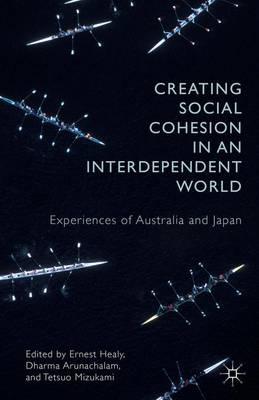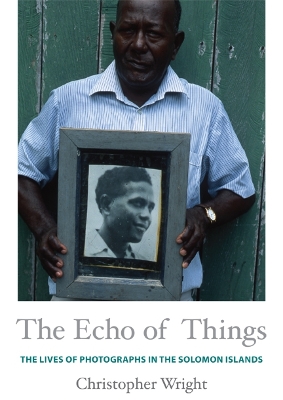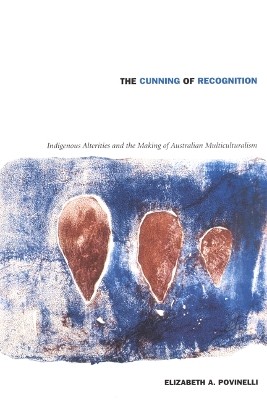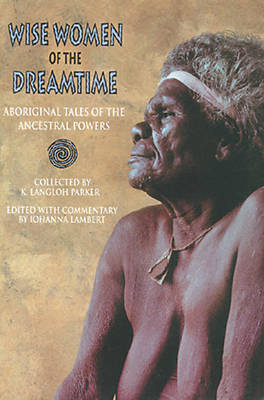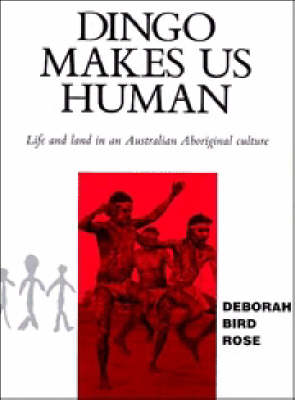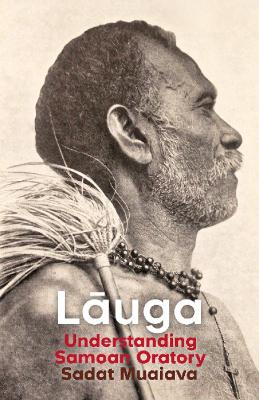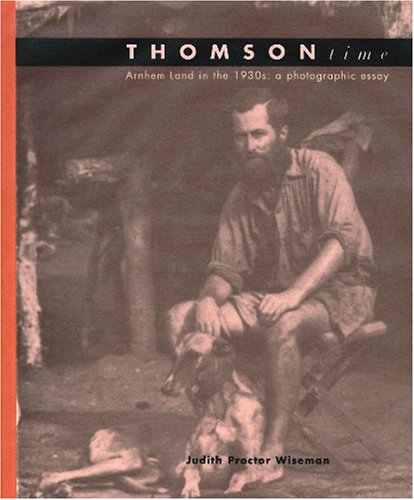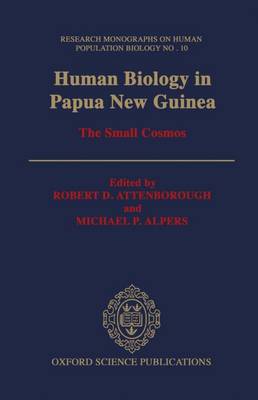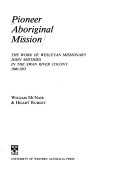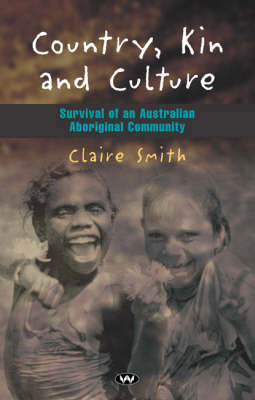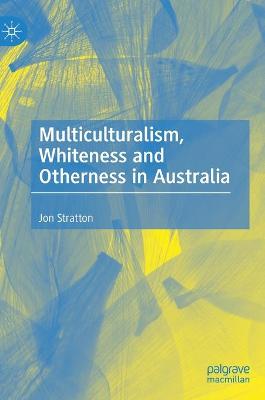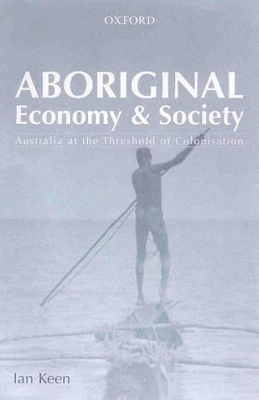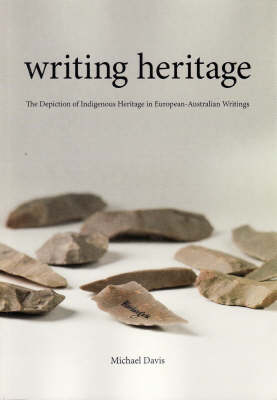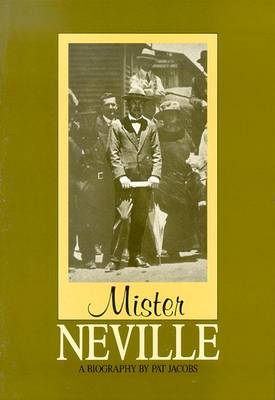Creating Social Cohesion in an Interdependent World examines the ways in which two very different societies, Australia and Japan, have dealt with challenges to their cultural and institutional fabric, as well as the social cohesion arising from the acceleration of global interdependence during recent decades. Deepening globalization has generated great social dislocation and uncertainty about collective identity and to anxiety about how to accommodate apparently unstoppable external influences....
The Echo of Things is a compelling ethnographic study of what photography means to the people of Roviana Lagoon in the western Solomon Islands. Christopher Wright examines the contemporary uses of photography and expectations of the medium in Roviana, as well as people's reactions to photographs made by colonial powers in the late nineteenth and early twentieth centuries. For Roviana people, photographs are unique objects; they are not reproducible, as they are in Euro-American understandings of...
Writing the Australian Beach
Writing the Australian Beach is the first book in fifteen years to explore creative and cultural representations of this iconic landscape, and how writers and scholars have attempted to understand and depict it. Although the content chiefly focuses on Australia, the beach as both a location and idea resonates deeply with readers around the world. This edited collection includes three sections. Forms of Beach Writing examines the history of beach writing in Australia and in a number of forms: scr...
In traditional Maori knowledge, the weather, birds, fish and trees, sun and moon are related to each other, and to the people of the land, the tangata whenua. It is truly an interconnected world - a vast family of which humans are children of the earth and sky, and cousins to all living things. In this richly illustrated book, Maori scholars and writers share the traditional knowledge passed down the generations by word of mouth. It provides a unique window on the relationship of the people of t...
The Cunning of Recognition (Politics, History, and Culture)
by Elizabeth A. Povinelli
The Cunning of Recognition is an exploration of liberal multiculturalism from the perspective of Australian indigenous social life. Elizabeth A. Povinelli argues that the multicultural legacy of colonialism perpetuates unequal systems of power, not by demanding that colonized subjects identify with their colonizers but by demanding that they identify with an impossible standard of authentic traditional culture. Povinelli draws on seventeen years of ethnographic research among northwest coast ind...
This original ethnography brings indigenous people's stories into conversations around troubling questions of social justice and environmental care. Deborah Bird Rose lived for two years with the Yarralin community in the Northern Territory's remote Victoria River Valley. Her engagement with the people's stories and their action in the world leads her to this analysis of a multi-centred poetics of life and land. The book speaks to issues that are of immediate and broad concern today: traditional...
Lauga or Samoan oratory is a premier cultural practice in the fa'asamoa (Samoan culture), a sacred ritual that embodies all that fa'asamoa represents, such as identity, inheritance, respect, service, gifting, reciprocity and knowledge. Delivered as either lauga fa'amatai (chiefly speeches) or lauga fa'alelotu (sermons), lauga is captivating and endowed with knowledge, praxis and skill. Lauga is enjoyed by many, but today many Samoan people, especially in the Samoan diaspora, also remain disconne...
'Why don't you check out Papunya? It's the sniffing capital of Australia, it's a Bermuda triangle for taxpayer funds. Nobody in the NT government gives a rats. The council just tossed out World Vision. People are frightened to talk.' For award-winning journalist Russell Skelton a five year journey of inquiry that coincided with one of the biggest shifts in indigenous policy in Australian history began on the day he received this email. Set with the backdrop of Papunya, a Northern Territory Abori...
Human Biology in Papua New Guinea (Research Monographs in Human Population Biology, #10)
Papua New Guinea shows great diversity in a small geographical area. More than a quarter of the world's languages are found there among less than four million people. It can thus be regarded as a `small cosmos' in which complex interrelationships can be studied within a connected whole. In this book, the human biology of Papua New Guinea is described and studies are presented of the geography, demography, social anthropology, linguistics, and human genetics of the country. These studies are...
Rehearsal Practices of Indigenous Women Theatre Makers
by Liza-Mare Syron
This transnational and transcultural study intimately investigates the theatre making practices of Indigenous women playwrights from Australia, Aotearoa, and Turtle Island. It offers a new perspective in Performance Studies employing an Indigenous standpoint, specifically an Indigenous woman’s standpoint to privilege the practices and knowledges of Maori, First Nations, and Aboriginal women playwrights. Written in the style of ethnographic narrative the author affords the reader a ringside sea...
Aboriginal Sites, Rights and Resource Development
This book examines the experience of race and ethnicity in Australia after the withering away of official multiculturalism. The first chapter looks at the formation of the Australian state, the role that multiculturalism has played, and the impact of neoliberal ideas. The second chapter takes nightclubbing in the city of Perth during the 1980s, the peak period for official multiculturalism, to exemplify how diversity and exclusion functioned in everyday life. The third chapter considers the imbr...
Aboriginal artists today practise in one of the world's longest continuous tradition of art - and perhaps the last to be generally recognised. Widely sought after, aboriginal art has now taken its place in the cozlections of leading museums and galleries. This concise survey looks at the work of Australia's indigenous visual artists from all parts of the continent. Building on traditions that stretch back at least 50,000 years, many of the artists have worked in a variety of contexts, from the s...
Drawing on early colonial cources as well as the writing of amateur and professional anthropologists, liguists and archaeloogists, Aboriginal Economy and Society compares the socail life and culture os seven regions of Australia as they appear to have been at the threshold of colonisation. With a focus on the economy,the broad scope of the book encmpasses variation in environmental conditions, resources and technologies; key institutions including kinship,cosmologies and governance; and organisa...
Published in association with the Australian National Museum, this book explores the constructions of indigenous heritage in European-Australian writings. From the late nineteenth century and into the twentieth century, European-Australians were actively recording, documenting and collecting Aboriginal heritage. This book examines how they did this, exploring perceptions of authenticity and innovation in Aboriginal heritage and approaches to ethnographic collecting. If indigenous people were pre...
